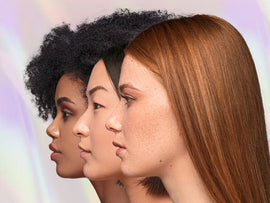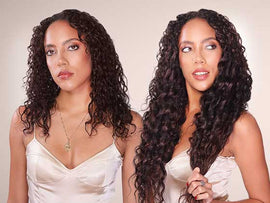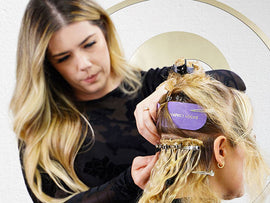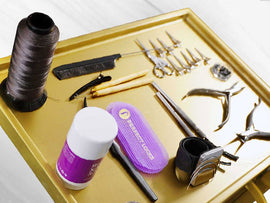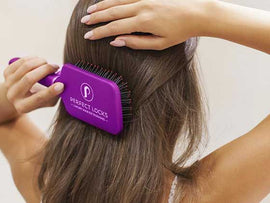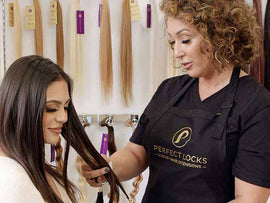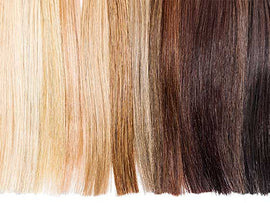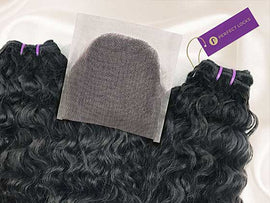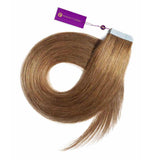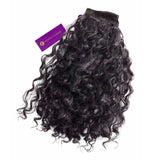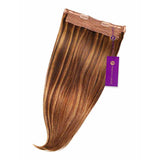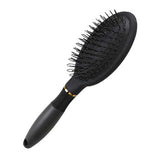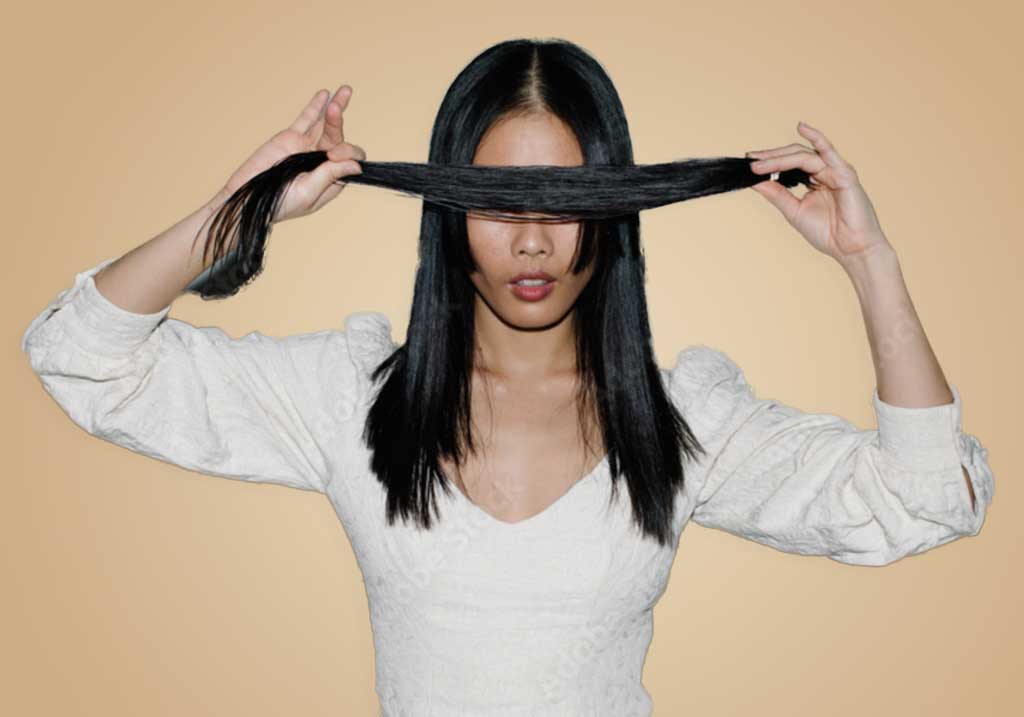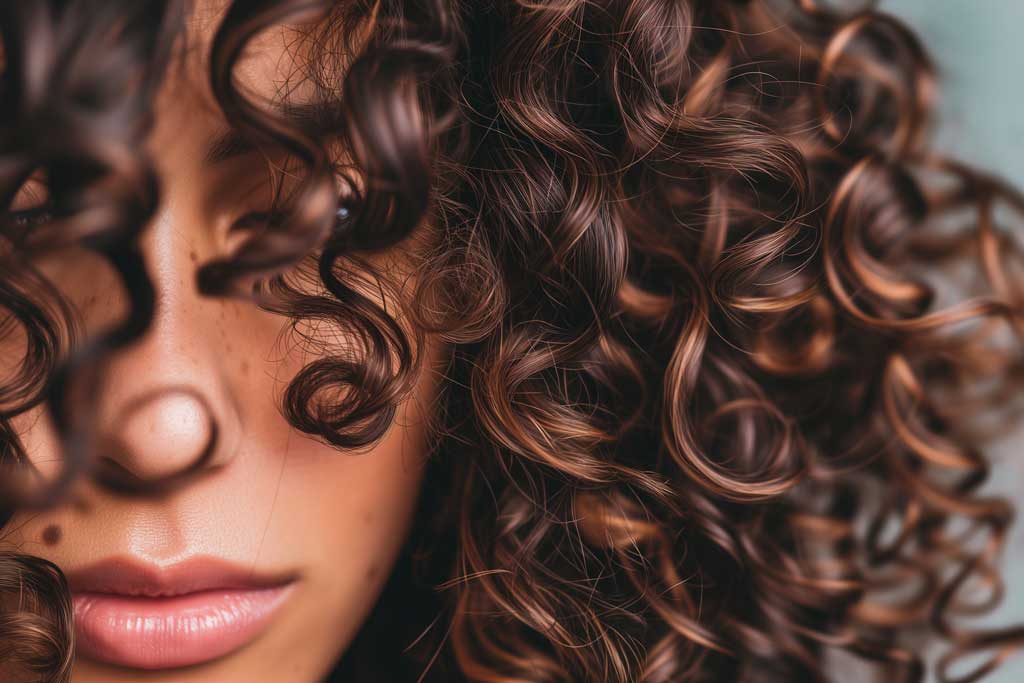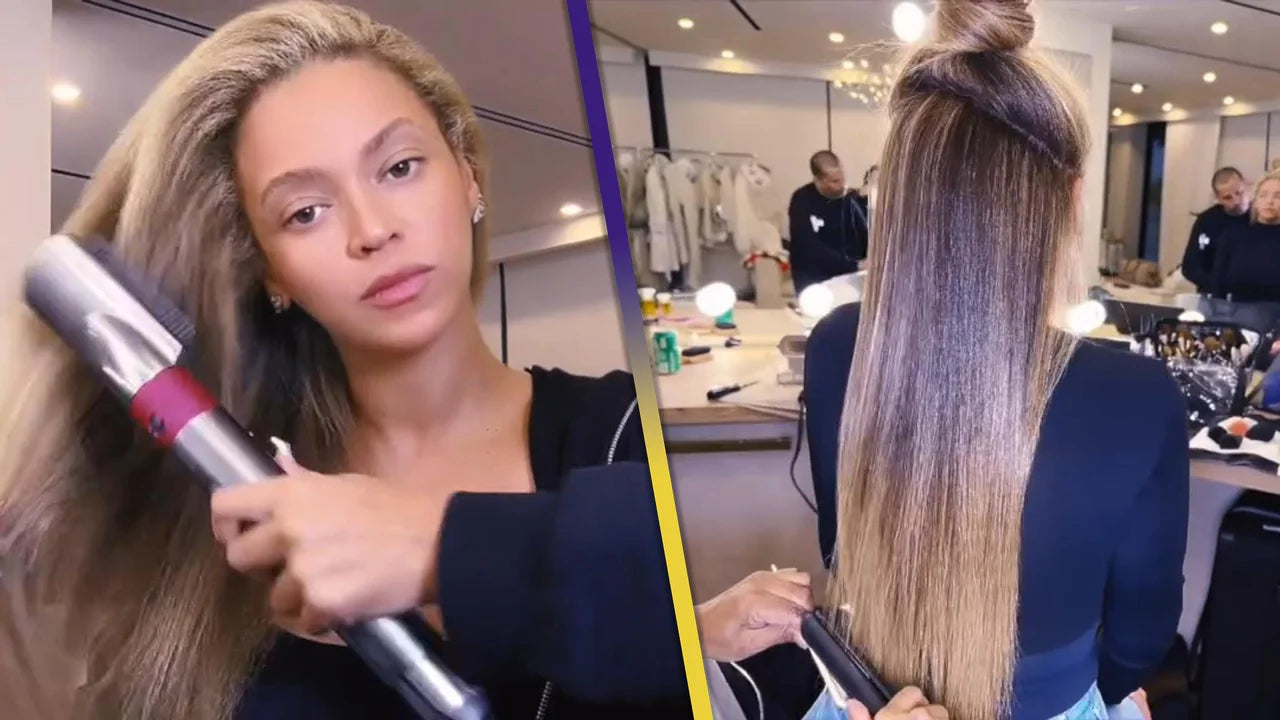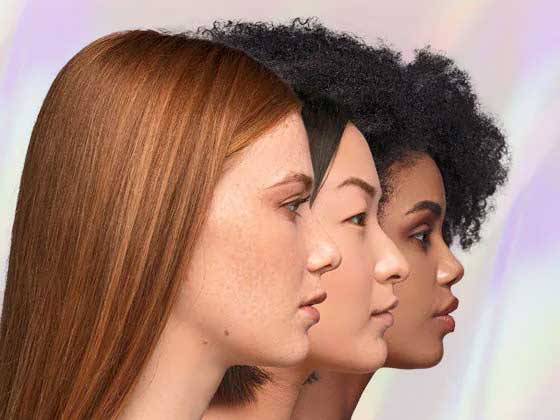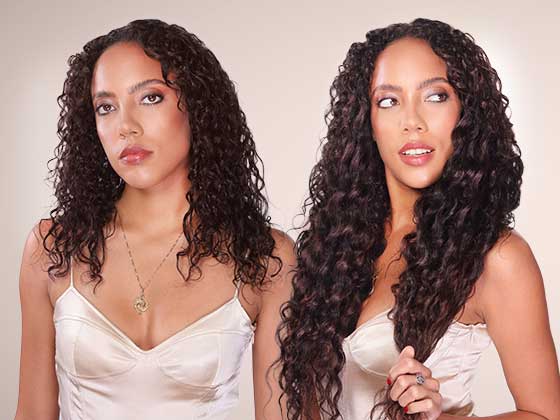
If you're one of the millions of people who has ever experienced dandruff, you know that treating it is no fun. Perhaps you've arlready been helped by our related article on how to relieve an itchy scalp from wearing a weave. Dozens of shampoos, conditioners, creams, greases, and other products all claim to help get rid of the unsightly flakes and scaling from your scalp. But, like most dandruff sufferers, you've probably tried them all and found most of them wanting. This is probably because most of these products are aimed at a single type of dandruff - which is not necessarily the kind you have. There are several different types of dandruff, all with different causes, and understanding these differences can help you beat this hair problem forever.
Type 1: Fungal Growth
The first type of dandruff is a fungal growth. This kind of dandruff is almost a chronic condition, caused by oiliness or an off-balance pH of the scalp, poor cleansing habits, or even an allergic reaction to the hair products you use. Try a natural remedy like one of those listed in the article, or switch shampoos, conditioners, or styling products to sulfate-free formulas. (Many people have allergic reactions to sulfates, which only create foam and are not necessary for cleansing your scalp.)
Type 2: Dry Scalp
The next type of dandruff is caused by dry scalp. In this case, the skin of the scalp is literally so parched and dry, it is flaking and falling away like snakeskin. People with this kind of dandruff usually have drier, curlier hair types and notice a tightness in their scalps. To treat dry-scalp dandruff, indulge your hair with moisturizing and hydrating shampoos, cut down on or space out harsh chemical treatments like relaxers, permanents, or dyes, and take in more moisture from the inside - drink at least 8 eight-ounce glasses of water a day, and all your skin (including your scalp) will thank you!
Eliminating sulfates from your shampoos will also help with dry scalp, since these ingredients help strip away natural oils. Brushing the hair or massaging the scalp - either with bare fingertips or a few drops of peppermint oil - is another great treatment, since massage helps stimulate circulation and bring blood, nutrients, and oxygen to the scalp and hair.
Type 3: Product Buildup
The third and probably most common type of dandruff is created by product buildup. This is what happens when people with otherwise healthy manes and scalps pile on too many styling products, layering gel on top of shine serum on top of hairspray on top of wrap lotion on top of scalp oil on top of heat-protecting serum, and so on.
Dandruff caused by product buildup usually looks less like flakes and more like tiny clumps or balls of dirt; it may have a brownish color, since all those products attract and trap plenty of dirt and sweat. Product-buildup dandruff also tends to appear sporadically, only when hair is in need of a wash, while other types of dandruff show up more quickly and regularly.
To treat this kind of dandruff, wash your hair more often or simply aim for using three or fewer products that your truly need to achieve your hairstyle...and then choose another 2 or 3 once you've washed your hair and created another hair look.
Many people mistakenly believe that all dandruff is caused by dry scalp, and slather on the hair oils to compensate. Still others think that all dandruff is the result of product buildup or oiliness, and zap the moisture right out their hair by using super-astringent cleansers.
The truth is, though, that different people have different types of dandruff and will need to seek different treatments. So know the signs and the symptoms, and you can find the right remedy for you!


 Have Questions? Call Us!
Have Questions? Call Us! 